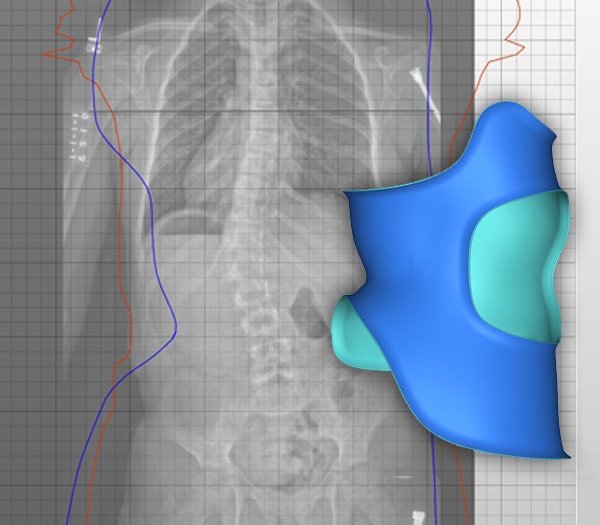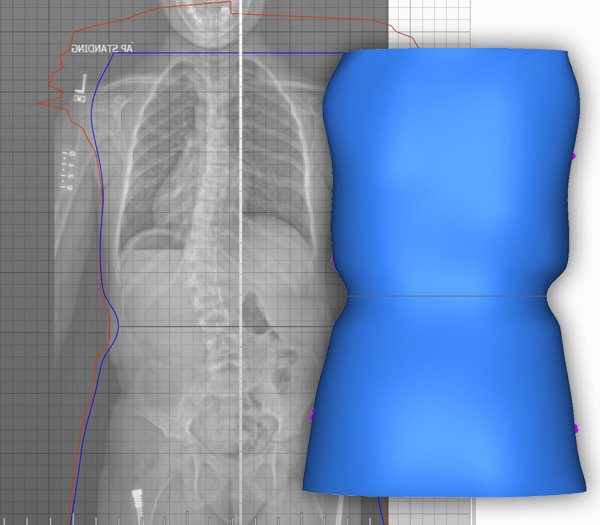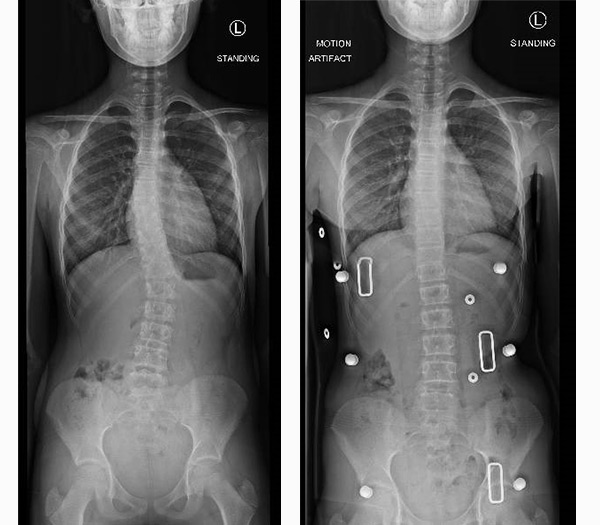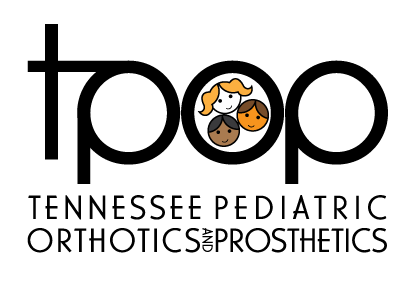Scoliosis
The trademark of scoliosis is the curvature of the spine. The vertebrae usually not only curve but also twist on themselves. In most cases Scoliosis can go un-noticed as it usually causes no pain and the visual changes to the spine are usually not seen by the naked eye. However, there are other signs, symptoms of Scoliosis that can be noticed, seen due to the physical manifestations of the body that can occur from this misalignment of the spine and vertebrae. These symptoms include:
- Uneven shoulders, waist, or hips.
- Prominent shoulder blade
- Constant leaning to one side or body tilts left or right
- Ribcage may stick out more on one side, especially when bending over, in cases where the spine has twisted.


Scoliosis also causes other problems as time goes on, especially when left untreated. The unbalanced pressure on the spine often causes back pain, most often in adults. In rare instances, the misalignment can also affect the ribs and cause trouble breathing. Most cases, however, are only associated with mild back pain.
About 80% of cases are considered idiopathic. Doctors are still unsure what causes this form, and there is no evidence to suggest that it comes from diet, activity, or posture. Instead, the cause of idiopathic scoliosis may be related to genetic factors, as it seems to run in families. This form of scoliosis usually is diagnosed around the age of 10.
We are dedicated to following the latest trends and innovations in prosthetics on an ongoing basis so you can rest assured that every prosthesis that we create is backed by the latest, state-of-the-art science and technology.
Neuromuscular scoliosis comes from underlying neuromuscular conditions. The development of the spine is affected by the surrounding musculature. Conditions such as cerebral palsy and muscular dystrophy affect muscle strength and tone and can affect the spine’s development. Diseases that affect the spine, such as spina bifida, can also contribute to spinal deformity and scoliosis. This form of scoliosis is often the most serious, as several factors are at play.
Scoliosis Treatment
Scoliosis is often not severe enough to require intervention. Many idiopathic cases suffice with a "wait and see" method, monitoring the curvature of the spine over time. As children grow, if it does not become more severe, treatment may not be necessary.
On the other end of the spectrum, neuromuscular scoliosis may require surgical intervention. Rods in the spine help correct the positioning, or decompression surgery can release the pressure. However, only the most severe cases require surgery.
For moderate scoliosis in children, braces help correct and prevent further deformity. Children should start using a brace before they’ve finished growing and wear it for about 20 hours per day. Studies have shown that the use of a brace is effective in 80% of children with scoliosis.
No matter the severity, scoliosis significantly alters the back muscles. A misaligned spine leads to imbalanced muscles, and these could even pull the spine back out of alignment once corrected. With their mastery of the musculoskeletal system, Chiropractors, PTs and OTs can treat this imbalance in outpatient care. Strengthening the weak muscles and relaxing the tight muscles can provide pain relief and can increase carryover of any improvement made.

